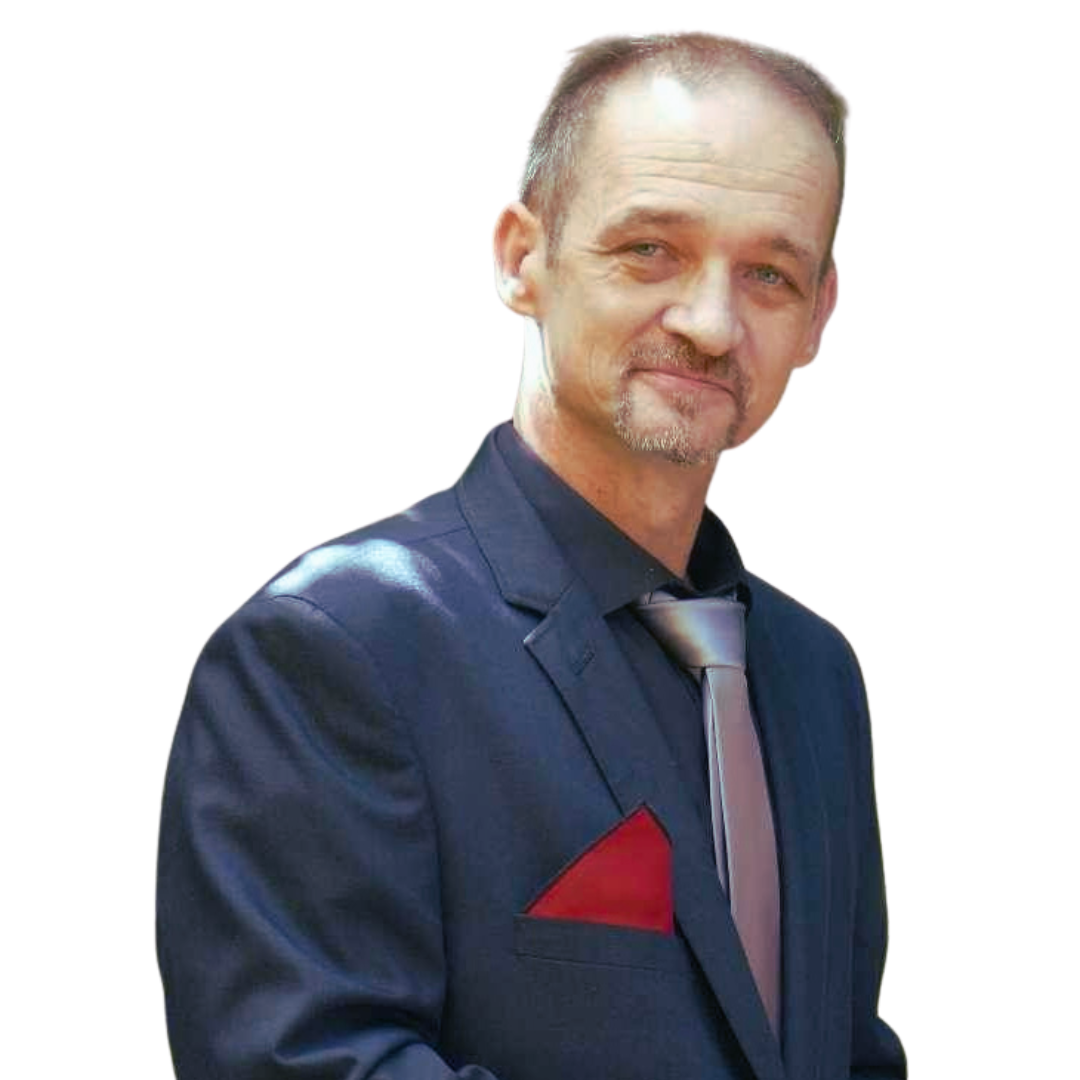AbstractIn an era marked by growing distrust in democratic institutions and financial systems, the need for innovative solutions has never been more urgent, especially in 2025 when global challenges like inequality, corruption, and technological disruption are at their peak. This white paper proposes an amalgamation of two groundbreaking concepts: decentralized democracy and the Quantum-AI Money System (QAMS). By leveraging blockchain technology for direct citizen participation in governance and integrating QAMS’s quantum-encrypted, AI-driven monetary system, we can create a future where power is truly in the hands of the people. This paper explores the synergy between these systems, the benefits of their integration, and the challenges that must be addressed to make this vision a reality.
1. Introduction: The Need for a New ParadigmAs of July 17, 2025, democracy and monetary systems worldwide are facing unprecedented challenges. Corruption, voter apathy, and the undue influence of special interests have eroded public trust in governance. Meanwhile, financial systems are plagued by fraud, inequality, and security vulnerabilities. The systems designed to serve the people are increasingly failing to meet the demands of a rapidly evolving world.This white paper proposes a bold solution: the integration of decentralized democracy and the Quantum-AI Money System (QAMS). By combining direct governance with a secure, quantum-encrypted monetary system, we can address the shortcomings of our current institutions and create a more transparent, inclusive, and empowered society.
2. Decentralized Democracy: Empowering Citizens Through TechnologyDecentralized democracy reimagines governance by distributing decision-making power directly to citizens. Enabled by blockchain technology, this system allows individuals to vote on policies and issues from their homes, ensuring transparency, security, and direct participation.Key Features:
- Blockchain-Based Voting: Each vote is recorded as a unique transaction on a distributed ledger, making it tamper-proof and verifiable in real-time.
- Direct Participation: Citizens can vote on specific issues, reducing reliance on representatives and increasing engagement.
- Transparency and Trust: The immutable nature of blockchain eliminates fraud and corruption, fostering public confidence.
For example, a decentralized democracy could allow citizens to propose and vote on local initiatives, such as infrastructure projects or community programs, ensuring that decisions reflect the will of the people.
3. The Quantum-AI Money System (QAMS): A Secure and Intelligent Monetary FrameworkQAMS is a revolutionary monetary system that combines quantum encryption and artificial intelligence to create a secure, transparent, and efficient financial ecosystem. Designed to address the vulnerabilities of traditional currencies, QAMS offers a new standard for financial transactions.Key Features:
- Quantum Encryption: Transactions are secured using Quantum Key Distribution (QKD), making them virtually unbreakable, even by advanced quantum computers.
- AI-Driven Validation: AI monitors and validates transactions in real-time, reducing fraud and ensuring system integrity.
- Digital Value Units (DVUs): QAMS introduces DVUs, a stable digital currency that can be used to incentivize behaviors, such as community service or civic participation.
QAMS not only secures financial transactions but also opens new avenues for integrating financial incentives into societal activities, including governance.
4. Integration: How QAMS Enhances Decentralized DemocracyThe amalgamation of decentralized democracy and QAMS creates a powerful synergy that transforms both governance and finance. By using QAMS as the monetary backbone of the democratic system, we can achieve a seamless, secure, and incentivized platform for citizen participation.Key Integration Points:
- Incentivizing Participation: Citizens can earn DVUs for voting, proposing policies, or engaging in civic activities. This encourages active participation and helps distribute wealth more equitably.
- Transparent Funding: QAMS can be used to fund public projects or campaigns with full transparency. Citizens could vote on budget allocations, and every transaction would be recorded on the blockchain, ensuring accountability.
- Enhanced Security: QAMS’s quantum encryption and AI validation can protect the voting process, making it nearly impossible for malicious actors to manipulate the system.
For instance, a citizen who votes on a local initiative could receive a small amount of DVUs as a reward, while the funds for the initiative itself are disbursed through QAMS, with every transaction visible to the public.
5. Challenges and Solutions: Building a Resilient SystemWhile the integration of decentralized democracy and QAMS holds immense promise, it also presents challenges that must be addressed to ensure success.Key Challenges:
- Accessibility: Not all citizens may have the technical knowledge or resources to participate.
- Solution: Implement education programs and provide user-friendly interfaces to ensure inclusivity.
- Cybersecurity: Even with quantum encryption, new vulnerabilities may emerge.
- Solution: Conduct regular security audits and develop robust contingency plans.
- Adoption: Convincing the public to embrace a new system can be difficult.
- Solution: Start with pilot programs in select communities to demonstrate the system’s benefits before scaling.
By proactively addressing these challenges, we can create a system that is both secure and accessible to all.
6. Conclusion: A Vision for the FutureThe amalgamation of decentralized democracy and QAMS represents a bold step forward for governance and finance in 2025 and beyond. By empowering citizens to participate directly in decision-making and providing a secure, transparent monetary system, we can create a future where power truly belongs to the people.This is not just a theoretical concept—it is a practical solution that can be implemented today. With the right support, resources, and commitment, we can build a system that is fair, inclusive, and resilient.We call on policymakers, technologists, and citizens to join us in this endeavor. Together, we can create a new paradigm for democracy and finance—one that reflects the values of transparency, security, and empowerment.The future is ours to shape. Let’s make it a bright one.
